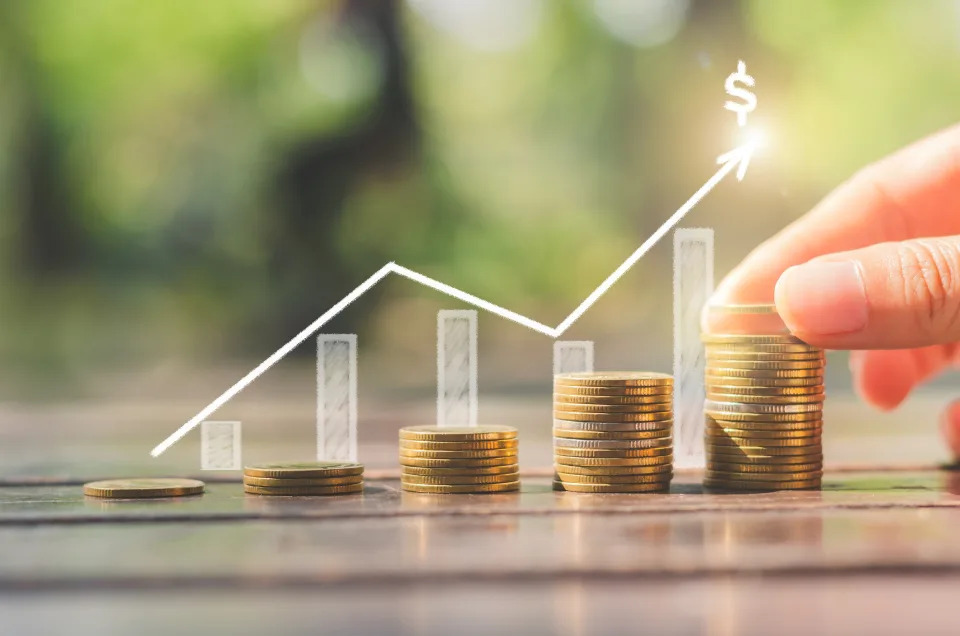This 3%-Yielding Energy Stock Raised Its Dividend Through the Past 4 Recessions

Recessions bring a lot of uncertainty. That can cause companies to become more fiscally conservative. They often press pause on growing their dividends and , in some cases, cut or suspend their payouts to conserve cash.
However, that hasn't been the case for oil giant ExxonMobil (NYSE: XOM) over the years . It has increased its dividend for 41 straight years, which includes four recessions and many other oil market downturns. While its past performance in a recession doesn't mean Exxon will continue delivering a growing dividend during the next one, it's in an excellent position to weather future economic and oil market storms. With its payout currently yielding around 3% (roughly double the market's average), it looks like an excellent source of durable and rising dividend income.
The keys to ExxonMobil's success
ExxonMobil isn't your average oil company. Most companies in the energy sector focus on one aspect of the industry's value chain (upstream, midstream, or downstream). Exxon, on the other hand, is a globally integrated energy company. It produces oil and gas around the world , focusing on low-cost resource regions. It also operates midstream assets like pipelines to transport its oil and gas to higher-valued markets. Finally, Exxon has refining and chemical facilities that produce higher-value petroleum-based products.
This integrated approach enables Exxon to maximize the value of every hydrocarbon molecule it produces . The company's strategy also acts as a natural hedge against commodity price volatility. Its downstream assets buy hydrocarbons to transform them into higher-valued products like gasoline and petrochemicals, which tend to see higher demand when prices are lower.
As a result, Exxon is routinely one of the most profitable oil companies in the world . For example, its earnings in the second quarter were nearly double those produced by Chevron , and several times higher than others in the sector.
The company also has a fortress-like balance sheet. It builds cash and balance sheet capacity when commodity prices are higher. The gives it the flexibility to continue growing its operations and dividend during downturns. Exxon currently has a high Aa2/AA- credit rating and a low 14% net debt-to-capital ratio. Its net leverage ratio is 6% after factoring in the $26.5 billion of cash on its balance sheet at the end of the second quarter.
Building a more profitable oil company
Exxon plans to become an even more profitable energy company in the future. It's investing heavily to enhance its already advantaged global resources portfolio and products solutions businesses. It's also working to deliver billions of dollars in structural cost reductions.
The company's current corporate plan would more than double its earnings potential from its 2019 baseline by 2027. It's well on its way toward reaching that level. The company's cost-saving initiatives have already generated $10.7 billion in annual savings. It expects to achieve another $600 million during the current quarter and a cumulative $5 billion of additional cost savings by 2027 from last year's level.
Meanwhile, its high-return investment strategy is paying dividends. Exxon delivered industry-leading earnings in the second quarter despite continued volatility in the global oil and gas market. Its earnings should grow in the future , fueled by its needle-moving acquisition of Pioneer Natural Resources and its high-return capital investments. The company is working to expand its global oil and gas production to over 5 million barrels of oil equivalent per day by 2027 (up from 4.1 million BOE/d this year). In addition, it has several products solutions projects underway, which could boost that segment's earnings potential from $1.7 billion this year to $4.7 billion by 2027.
Exxon's growing earnings and free cash flow will enable it to return more cash to shareholders in the future . It sent investors a sector-leading $9.5 billion in the second quarter, paying $4.3 billion in dividends (second most in the S&P 500 ) and repurchasing a peer-leading $5.2 billion in stock. Exxon expects to increase its share repurchase pace now that it has closed the Pioneer acquisition. Meanwhile, it should have plenty of fuel to continue growing its dividend.
An all-weather oil stock
ExxonMobil built its business to thrive in any market condition. That's allowed it to continue increasing its high-yielding dividend despite several recessions and oil market downturns over the last 41 years. Given its fortress-like financial profile and visible growth prospects, it's in an excellent position to continue growing its payout in the future. These features make Exxon a great dividend stock to hold if you're concerned that another recession might be around the corner.
Before you buy stock in ExxonMobil, consider this:




